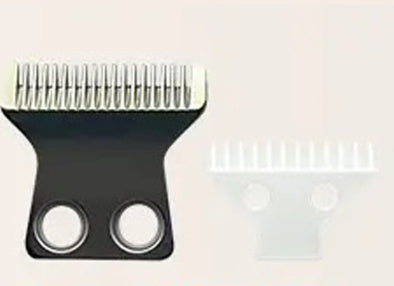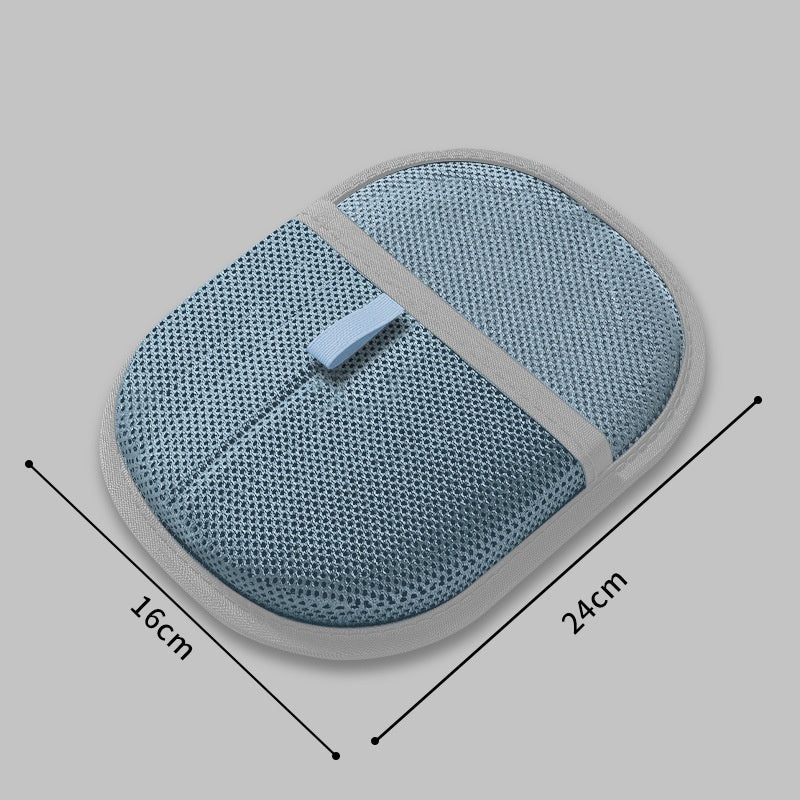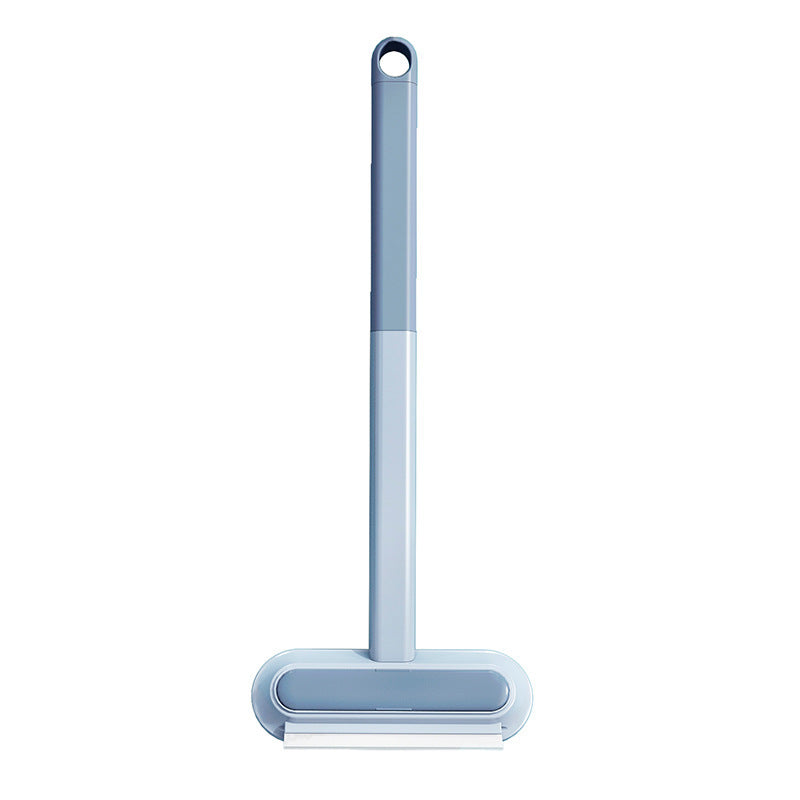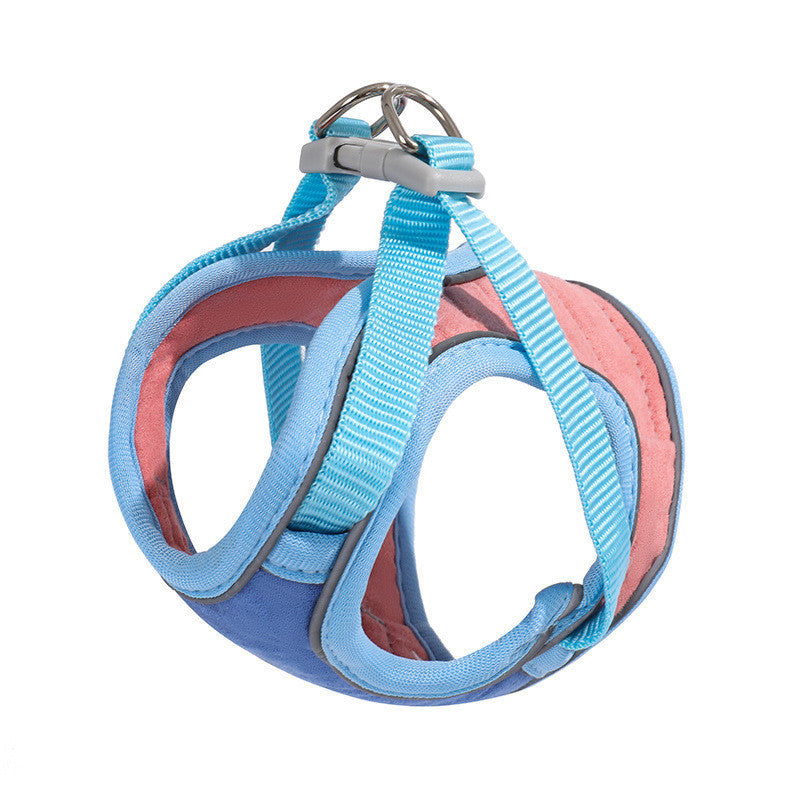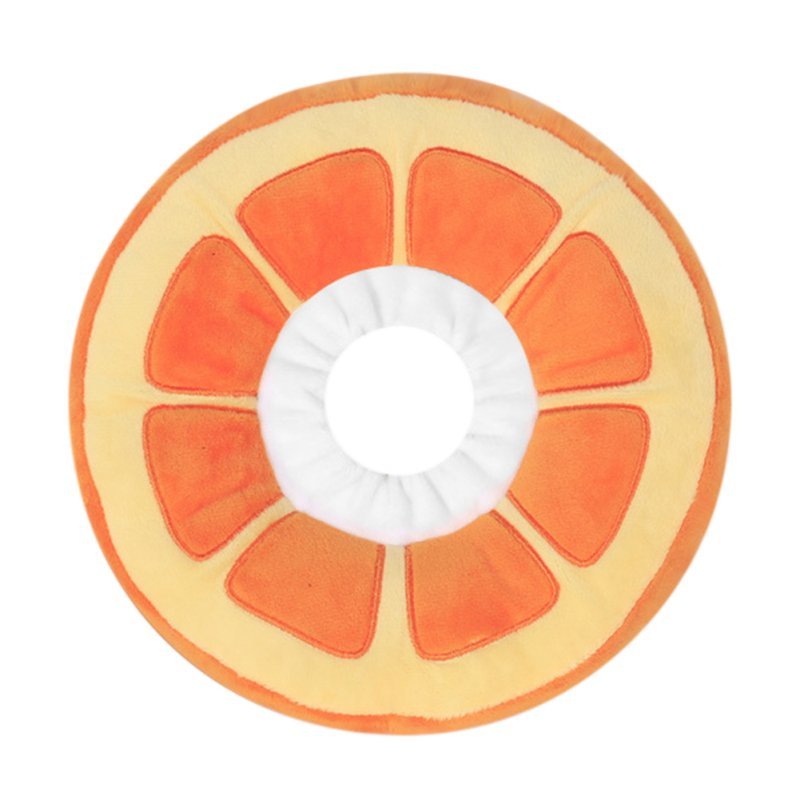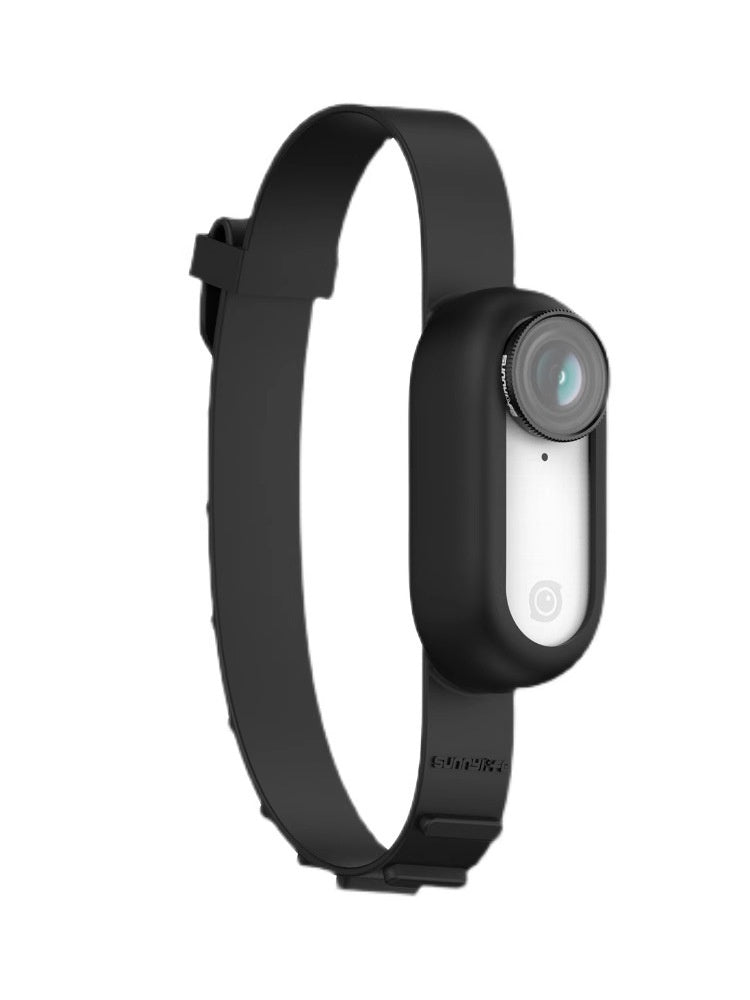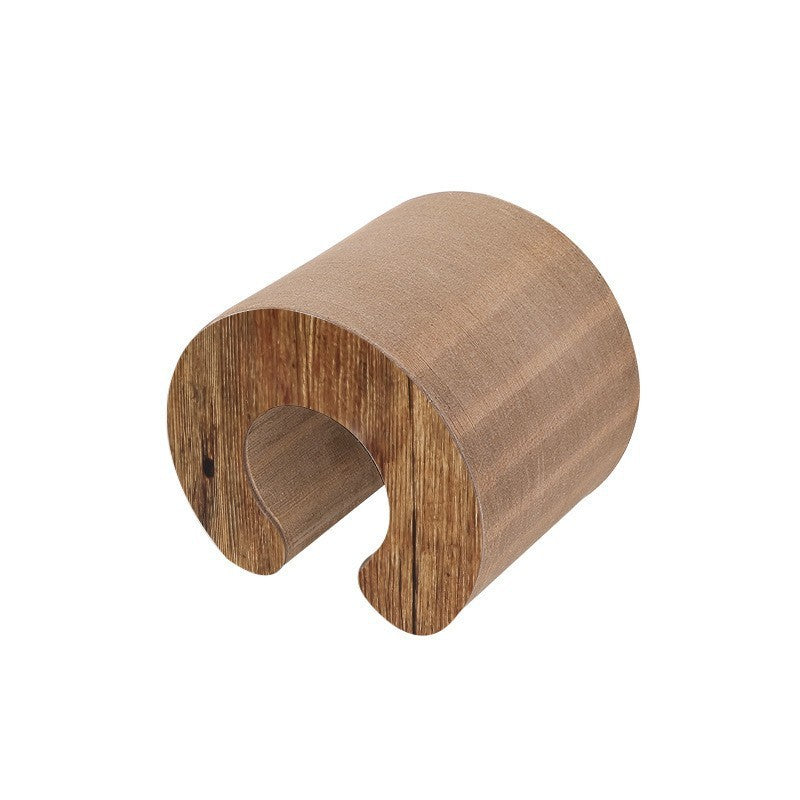Keep Your Cat Mentally Sharp with a Fresh Toy Every Week
You've bought the latest crinkly ball, feather wand, and motorised mouse but within days, your cat loses interest. Sound familiar? You're not alone. Nearly every cat owner has experienced the frustration of watching their feline friend play enthusiastically with a new toy for mere hours before dismissing it entirely.
The secret isn't buying more toys—it's rotating them strategically. Just like children who grow tired of the same books and games, cats get bored with constant access to the same items. Toy rotation keeps playtime exciting, prevents habituation, and maximises mental stimulation whilst saving you money and reducing clutter.
This simple yet effective technique mirrors what cats would experience in their natural environment, where variety and unpredictability are the norm. Let's explore why toy rotation works so brilliantly and how to implement it like a seasoned feline behaviour expert.
Why Toy Rotation Works: The Science Behind Feline Engagement
Natural Hunting Instincts
Cats are instinctive hunters with deeply ingrained predatory behaviours that haven't disappeared despite thousands of years of domestication. In the wild, they'd encounter new "prey" daily; different birds, varying rodent species, insects with unique movements, and environmental challenges that keep their minds razor-sharp.
When toys are perpetually available, they lose their novelty and become part of the static environment. Your cat's brain essentially learns to ignore them, much like how you stop noticing the ticking of a clock after living with it for weeks. This phenomenon, called habituation, is a natural survival mechanism that prevents sensory overload.
The Neurological Benefits
Fresh stimuli trigger the release of dopamine: the "feel-good" chemical associated with pleasure and motivation. When cats encounter a "new" toy (even if it's just been in storage), their brains light up with curiosity and excitement. This neurological response promotes:
- Enhanced cognitive function and problem-solving abilities
- Improved memory retention and learning capacity
- Better stress management and emotional regulation
- Increased physical coordination and reflexes
Evidence-Based Results
According to RSPCA Australia, implementing a proper toy rotation system every 1–2 weeks can deliver remarkable benefits:
- Reduce boredom and destructive behaviour: Cats with adequate mental stimulation are 60% less likely to engage in furniture scratching, excessive vocalisation, or inappropriate elimination
- Encourage physical activity: Regular play sessions with rotated toys can increase daily activity levels by up to 40%, crucial for maintaining healthy weight
- Improve focus and hunting instincts: Cats show increased attention spans and more sophisticated play behaviours when toys remain novel
How to Rotate Cat Toys: A Comprehensive 4-Step System
Step 1: Sort Your Toys by Function and Appeal
Begin by gathering every cat toy in your home. You might be surprised by how many have accumulated in corners, under furniture, and in forgotten boxes. Divide them into these strategic categories:
- Chase toys: Balls (various sizes and textures), toy mice, rolling gadgets, anything that moves horizontally across the floor. These satisfy your cat's instinct to pursue fleeing prey.
- Pounce toys: Feather wands, dangling toys, strings with attachments, vertical play items. These trigger the classic cat "leap and grab" behaviour seen when hunting birds or climbing prey.
- Puzzle toys: Treat dispensers, food mazes, interactive feeders, toys requiring manipulation to access rewards. These challenge cognitive abilities and slow down fast eaters.
- Solo toys: Battery-operated mice, motion-activated gadgets, catnip-filled items, anything designed for independent play when you're not available.
- Comfort toys: Soft plush items, heated toys, anything providing emotional security rather than active engagement.
Step 2: Create an Organised Rotation System
Invest in clear storage boxes or wicker baskets. Visibility helps you remember what's in each container. Label them clearly with contents and rotation schedule (e.g., "Week 1 – Chase & Pounce", "Week 3 – Puzzle & Solo").
Consider creating a simple rotation calendar on your phone or kitchen noticeboard. This prevents you from accidentally leaving the same toys out for too long and ensures you're providing optimal variety.
Pro storage tip: Add a sachet of dried catnip or lavender to storage boxes to keep toys fresh and appealing between rotations.
Step 3: Master the Weekly Switch
- Timing matters: Switch toys every 7–10 days maximum. Some behaviourists suggest even shorter rotations (every 3–5 days) for particularly intelligent or easily bored cats.
- The magic number: Introduce 3–5 toys at a time. This provides sufficient variety without overwhelming your cat with too many choices, which can actually reduce engagement.
- Complete removal: Store the previous week's toys completely out of sight and smell. Cats have excellent memories and hiding toys in accessible locations defeats the purpose.
- The comeback factor: Reintroduce "retired" toys after 3–4 weeks minimum. The gap ensures they feel genuinely novel again rather than merely "less familiar".
Step 4: Observe, Assess, and Optimise
Your cat will quickly tell you what works through their behaviour. Pay attention to:
- Which toys generate the longest play sessions
- What textures and movements trigger the strongest hunting responses
- Whether certain toy combinations work better together
- Signs of boredom (lack of interest within 24-48 hours)
Keep the winners in regular rotation, donate toys that consistently fail to engage, and consider purchasing similar items to successful toys for future rotations.
Pro Tips for Maximum Engagement
Sensory Variety is Key
- Texture diversity: Incorporate toys with different tactile experiences like crinkly materials that simulate rustling leaves, soft fabrics mimicking fur, rubber surfaces providing different grip sensations, and smooth plastics for varied mouthfeel.
- Sound variation: Some cats are highly auditory and respond brilliantly to toys with bells, crinkles, chirping sounds, or squeaks. Others prefer silent toys for stealthier "hunting". Test both preferences.
- Visual appeal: Bright colours, reflective surfaces, and contrasting patterns can enhance visual interest. Cats see blues and yellows most clearly, so these colours often prove particularly engaging.
Food-Based Motivation
- Puzzle enhancement: Stuff treat-dispensing toys with small amounts of high-value rewards such as tiny pieces of cooked chicken, freeze-dried salmon, or special treats reserved only for play sessions.
- Scent integration: Rub toys with fresh catnip every few rotations, or try alternatives like silvervine or valerian root for cats who don't respond to traditional catnip.
- Meal incorporation: Use some toys as feeding stations occasionally, making mealtime more mentally stimulating whilst reinforcing positive toy associations.
DIY Revival Techniques
Transform old toys into "new" experiences:
- Ribbon refreshers: Attach new ribbons or feathers to worn toys
- Scent renovation: Rub toys with fresh herbs or store them with dried catnip
- Texture additions: Wrap smooth toys in different fabrics or materials
- Interactive upgrades: Attach previously solo toys to wands or strings for interactive play
Maintenance and Hygiene
- Regular cleaning: Wash plush toys monthly in hot water to eliminate bacteria, saliva buildup, and stale odours that can reduce appeal. Air-dry thoroughly to prevent mould.
- Inspection routine: Check toys weekly for damaged parts, loose strings, or broken pieces that could pose safety hazards.
- Replacement scheduling: Even well-rotated toys eventually wear out. Budget for replacing the most popular items every 6-12 months.
Troubleshooting Common Rotation Challenges
The One-Toy-Only Cat
Some cats develop intense attachments to specific items. Don't despair—this actually makes rotation easier:
- Keep their favourite toy as a constant "security item"
- Introduce new toys alongside the beloved item rather than replacing it
- Gradually expand their preferences by choosing toys with similar characteristics
- Use the favourite toy to encourage interaction with new items
The Toy-Indifferent Cat
If your cat seems uninterested in all toys:
- Schedule interactive play sessions: Many cats prefer human-led games over solo entertainment
- Try different play times: Some cats are most active at dawn or dusk
- Reduce toy availability: Paradoxically, having fewer toys available can increase interest
- Focus on movement: Cats respond more to motion than static objects
Storage and Organisation Issues
- Space constraints: Use vertical storage solutions or under-bed boxes to maximise space efficiency
- Family coordination: Ensure all household members understand the rotation system to prevent accidental mixing of toy sets
- Multi-cat households: Consider individual rotation schedules for cats with very different preferences, or create shared toy sets that appeal to multiple personalities
The Long-Term Benefits: Beyond Entertainment
Implementing a strategic toy rotation system delivers benefits that extend far beyond simple entertainment. Well-stimulated cats typically exhibit:
- Better sleep patterns: Mentally and physically tired cats sleep more soundly and for appropriate durations
- Improved social relationships: Less bored cats are generally more affectionate and interactive with their human families
- Enhanced problem-solving abilities: Regular mental challenges keep cognitive functions sharp, particularly important for senior cats
- Reduced veterinary costs: Active, engaged cats maintain better physical condition and experience fewer stress-related health issues
Small Effort, Massive Results
A little rotation truly goes a long way towards maintaining your cat's mental and physical wellbeing. This simple system requires minimal time investment, perhaps 10 minutes weekly, whilst delivering profound improvements to your cat's quality of life.
Keep your feline friend guessing, hunting, and playing with renewed enthusiasm, and say goodbye to toy boredom permanently. Your cat's sharper mind, improved behaviour, and increased happiness will be reward enough for this small effort.
Remember, every cat is unique, so adapt these guidelines to suit your individual pet's personality and preferences. With patience and observation, you'll develop the perfect rotation system that keeps your cat mentally sharp, physically active, and thoroughly entertained.
Frequently Asked Questions
Q: How many toys should I rotate at once?
A: 3–5 is ideal for most cats. Too many options can create decision paralysis, whilst too few may not provide sufficient variety. Adjust based on your cat's personality—more confident cats may handle additional choices, whilst anxious cats prefer fewer options.
Q: Can I leave puzzle toys out all the time?
A: Not recommended. Even puzzle toys benefit from rotation to maintain novelty and challenge levels. However, you might keep one puzzle feeder available if it's part of your cat's regular feeding routine, whilst rotating others for entertainment.
Q: My cat only likes one toy. Should I still rotate?
A: Absolutely! Keep that favourite available as a security item, but continue introducing others to gradually broaden their interests. Often, cats will eventually warm to new toys when they're presented alongside beloved items.
Q: How do I store toys between rotations?
A: Use sealed bins or containers in dry, cool areas. Avoid damp garages, sheds, or areas with temperature extremes. Consider adding moisture absorbers in humid climates to prevent mould or mildew.
Q: What if my cat ignores all toys?
A: Focus on interactive play with you as the motivator. Many cats prefer human-led games over independent play. Try different play times (dawn and dusk are often most successful), ensure adequate hunger motivation, and consider consulting a feline behaviourist if the disinterest persists.
Q: Should I rotate toys for senior cats differently?
A: Yes, older cats may need slower rotations (every 2 weeks rather than weekly) and gentler toys that don't require excessive jumping or running. Focus more on puzzle toys and comfort items whilst maintaining some physical activity options.
Q: How do I handle multiple cats with different preferences?
A: You can either create individual rotation systems for each cat or develop shared rotations that include something for everyone. Observe each cat's preferences and ensure the rotation includes variety that appeals to all personality types in your household.









